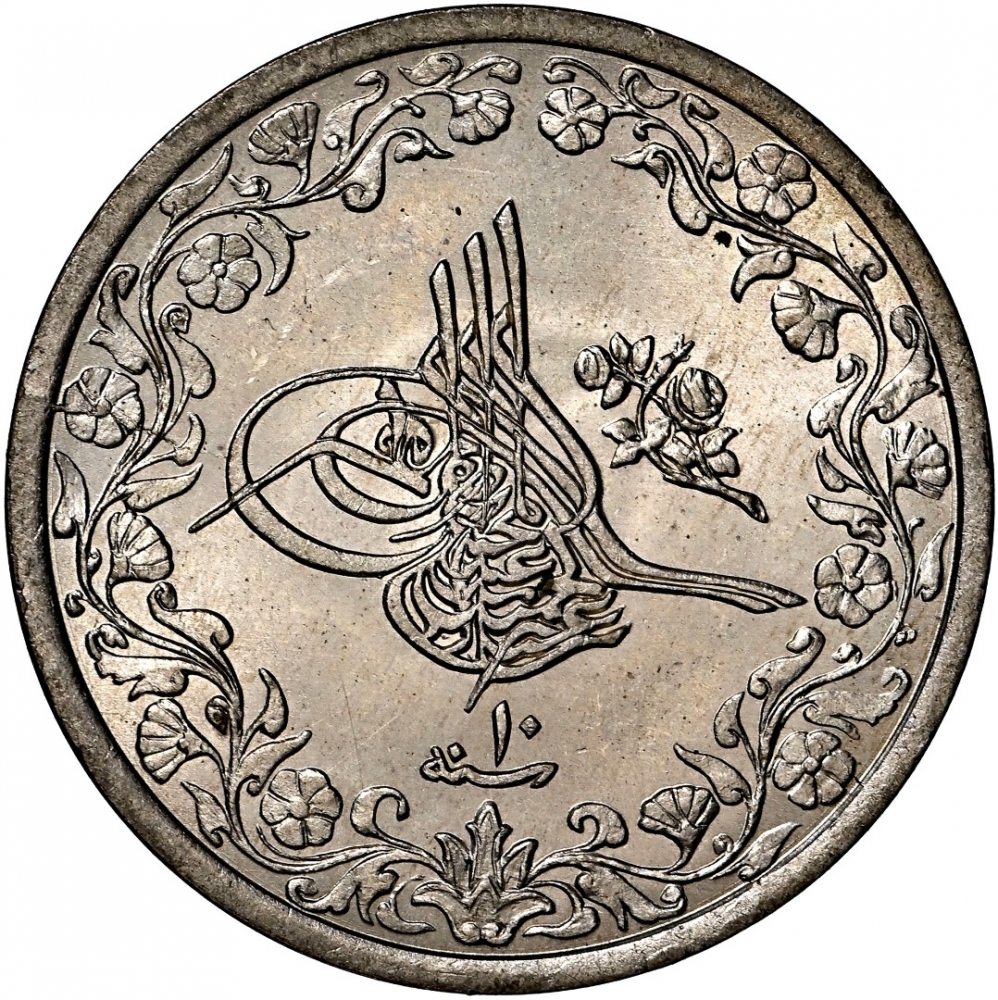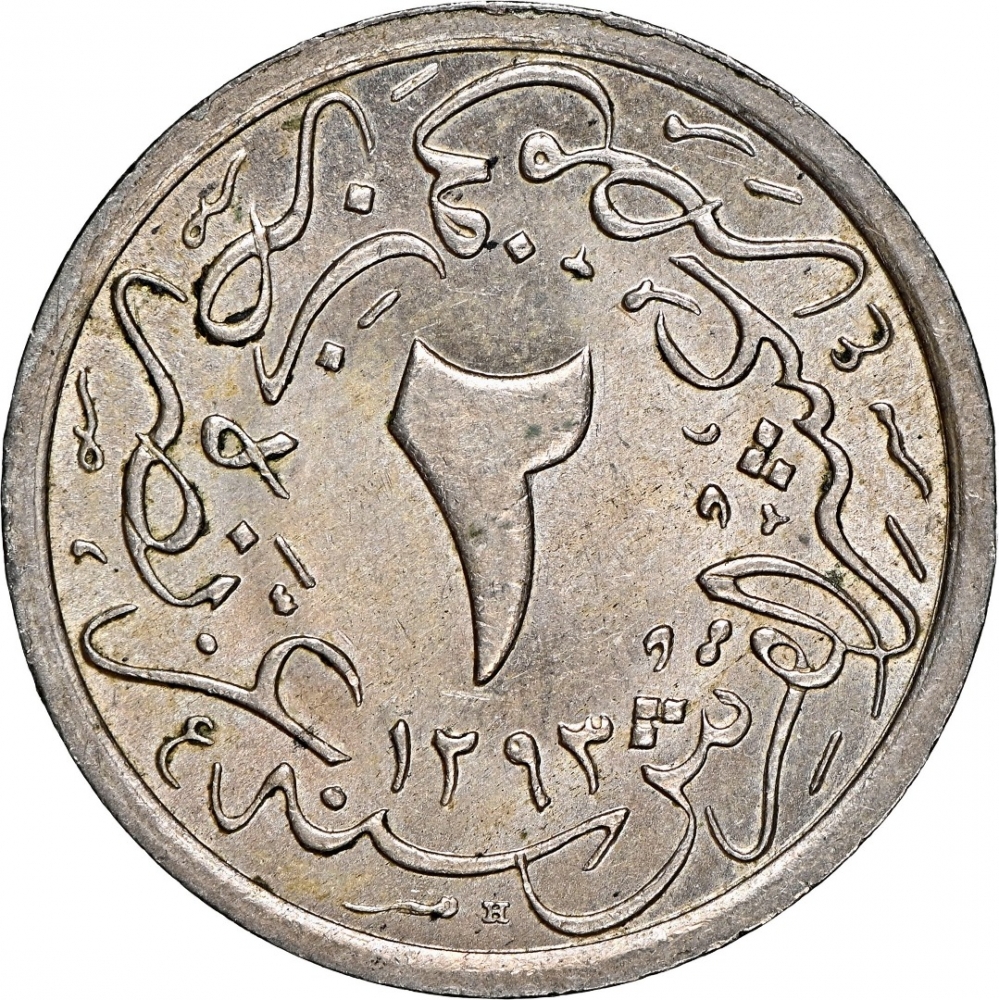You are about to finish your registration. Please check your mailbox (including spam folder). There should be a letter with a confirmation link. Check setting to make sure that your e-mail address is correct.
Send letter againDescription
Abdul Hamid II (1842–1918) reigned as the 34th Sultan of the Ottoman Empire - the last Sultan to exert effective control over the fracturing state. He oversaw a period of decline, with rebellions (particularly in the Balkans), and he presided over an unsuccessful war with the Russian Empire (1877-1878) followed by a successful war against the Kingdom of Greece in 1897.
Outside the Ottoman Empire, Sultan Abdul Hamid II gained the nickname the Red Sultan or the Bloody Sultan because of the Hamidian massacres of Armenians and Assyrians of 1894-1896 and the use of the secret police to silence dissent and the Young Turks movement. Loyal citizens called him the Grand Khagan (Turkish: Ulu Hakan) for his extraordinary efforts in modernising the empire and in keeping it intact in difficult times.
The Khedivate of Egypt (1867–1914) was an autonomous tributary state of the Ottoman Empire, established and ruled by the Muhammad Ali Dynasty following the defeat and expulsion of Napoleon Bonaparte's forces which brought an end to the short-lived French occupation of Lower Egypt. The Khedivate of Egypt had also expanded to control present-day Sudan, South Sudan, Eritrea, Israel, Lebanon, Jordan, Syria, Greece, Cyprus, southern and central Turkey, and northwestern Saudi Arabia.
Obverse

|
Tughra in Abdul Hamid II name, flowered border up both sides, starting from the base. Central design with a flower on the right. The year of the reign below. ١٢ |
|---|---|
Reverse

|
Central 2 numeral, surrounded by the legend "Struck in Egypt" in Arabic and the Sultans accession (first year of the rule) in Hejira (AH1293) below. ٢ |
| Edge |
2/10 Qirsh
(Piastre)
Khedivate
KM# 290 Schön# 4
Characteristics
| Material | Cupronickel |
| Weight | 2.3 g |
| Diameter | 18.5 mm |
| Thickness | 1.1 mm |
| Shape |
|
| Alignment | Medal |
| Mints |
Cairo Mint Heaton Mint, Birmingham (H)
|





